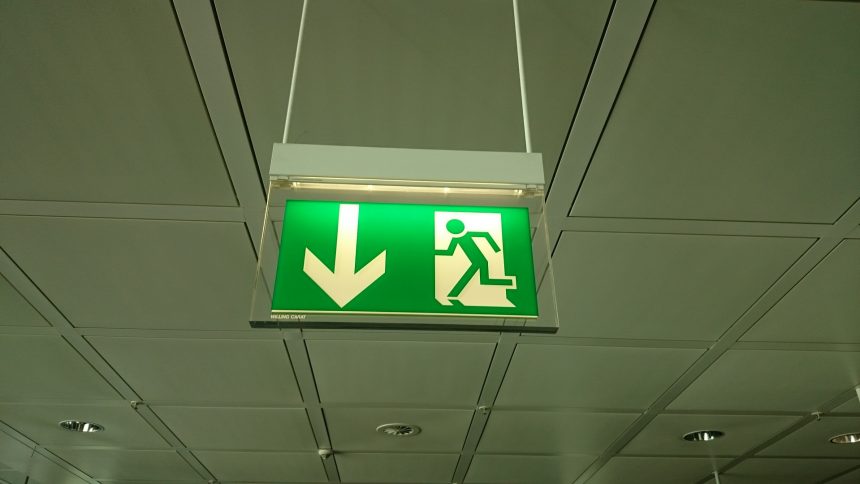Photo by Pixabay.com
According to governmental statistics, there are 25,000 fires annually in England and Wales. If a fire breaks out in the workplace, it can be a disaster for the business – irrespective of its size, location and sector. Unfortunately, some firms never totally recover. For this reason, fire prevention is of crucial importance.
Workplace fire safety advice
We have gathered the 10 most important tips to prevent a workplace fire and also to ensure the safe and fast evacuation of the premises should one break out.
1. Installation of fire alarms
You are legally required to install a fire alarm on your business premises. It may be automatic or manual. If it is manual, your employees must be trained in how to set it off.
2. An emergency plan
There should be an emergency plan in place which covers all procedures from warning systems to evacuation.
3. Draw up fire escape routes
After consultation with your local fire brigade, create fire escape routes for safe evacuation. These should have clearly visible signs and be well-lit and unobstructed.
4. Appoint fire warden(s)
One or more employees should be designated as fire wardens. Their role would be to create fire safety procedures and ensure all rules are adhered to. Apart from being responsible for the evacuation of the building, they should be trained in the use of fire-fighting gear.
5. The correct fire extinguishers
The type of fire extinguishers you purchase would depend primarily on the type of business you have. For instance, CO2 extinguishers for offices. You should also have enough – it is recommended that there should be one for every 200 square metres. Fire wardens should be trained in which extinguisher is suitable for each type of fire and in their safe use. Extinguishers should be stored correctly.
Learn more about chinese passport photos.
6. The installation of emergency lighting
There should be lights at all exits, near alarms and where fire-fighting equipment is stored. Emergency lighting should also be installed along all the fire evacuation routes – especially in areas where there are changes of direction such as turns in corridors and staircases. This lighting should be regularly checked.
7. Fire safety signs
Fire safety signs should be well-lit so they are still visible even if there is a power cut. Also, you should ensure they are in pictorial form so they can be understood easily by those whose first language isn’t English or those with poor vision.
8. Employee training
Unless your employees have been fully trained in the correct fire safety procedures, then even a small blaze can become very serious quite quickly. They should be fully aware of how to raise the alarm, who the fire wardens are, the escape route as well as the location of the outdoor assembly point.
9. Organise fire drills regularly
Fire drills should be held at least once a year. This will show you whether your employees are prepared for the eventuality of a fire. If you make changes to fire safety procedures such as changing the escape route, then a drill should be held to ensure that all workers have fully understood these changes.
10. Maintaining a safe working environment
To reduce the risk of a fire breaking out in the workplace, you should make sure that the premises are kept tidy. For example, dispose of inflammable materials (such as paper or cardboard) as soon as they are no longer needed. To prevent an electrical fire, you should check that plug sockets are not overloaded and that electrical equipment is stored away when not in use.
As a Health & Safety Consultancy and Training provider, GH Safety can work with you and develop a tailor-made solution to meet the needs of your business.






